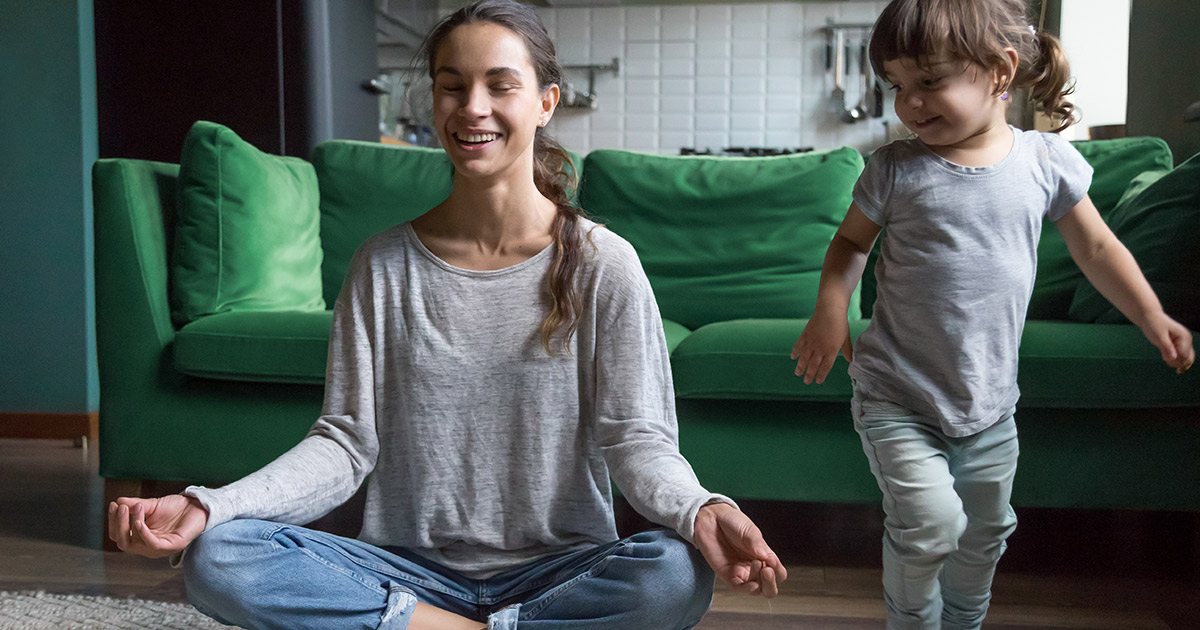
Adding mindfulness to your life can create a calm in the storm, help you become more present, and train your thoughts to actually engage instead of just going through the motions.
Mindfulness Training for Teachers walked you through mindfulness with two mindfulness pros over at Intel: Marissa Powers and Lindsay Benjamin. And Mindfulness Activities for the Elementary Classroom filled your activity planner with tips for your kids.
Now take a look at these six tips on how to incorporate mindfulness into every day and simply and easily reap the benefits of a mindful life.
Practice mindfulness
Mindfulness is focusing on the moment, bringing your attention to thoughts and feelings as they happen, without judging or interpretation.
Strip away the distractions that clutter your mind and enhance your focus and awareness both in work and in life.
-
- Be mindful during your commute: For at least 10 minutes, turn off your phone, silence the radio, roll up the window, and just breathe. Focus on the road in front of you. Notice the yellow lines as they snake into the distance. See the cars in front of you. Pay attention to what is before you on the road home.
-
- Cook dinner with mindfulness: As you chop vegetables and stir the sauce, focus on the food before you. Smell the aroma. Feel the textures as you taste each ingredient. Listen to the almost whispering sounds made by the utensils you use. Take a moment to recognize the tastes, smells, textures, and sounds surrounding you as you prepare your evening meal.
-
- Make mindfulness playful: Enjoy your pets and/or children. Get on the floor with them. Build legos, play house, have a tea party, play catch, or just wrestle on the ground. Be present in the moment, put yourself into the play and make it bigger than the rest of the world, if only for a moment.
-
- Brush in mindfulness: Morning and bedtime routines are great times to practice mindfulness. Before you load your toothbrush, be mindful of your posture. Square your shoulders and stand tall. Flex your feet and stretch the tension as you raise your toes off the ground then rebalance as you rise to the balls of your feet. Use this time to check in with yourself and take a few moments to check in with your body.
-
- Let the bell signal a moment of mindfulness: Recurring sounds are great reminders for practicing mindfulness. And those few moments as the kids are moving in and out of the classroom are precious moments to steal for yourself. Take 30-60 seconds to breathe deeply. Close your eyes, try to empty your mind, and focus on the inhale and exhale as they enter and leave your lungs. Take just a moment in preparation for the next round of student activity.
-
- Drift off to mindfulness: Tension often tries to become our bed partner. Instead, as you settle under the covers, take a few moments of mindfulness. Don’t obsess over the day. Gauge your feelings. Name them. Identify how you feel at that moment. Focus on your body. What aches? What feels heavy? Feel each muscle as it slowly relaxes beneath the blankets. Take a few moments of mindfulness and drift off to sleep with a clearer mind.
If you wish to take the time to truly experience a lengthy mindful experience, find the time in your routine to spend 10 to 20 minutes in quiet and comfort. Download a meditation app on your phone or look into other programs online. Or, even better yet, find a meditation group or class to guide your mindful experiences.
Practicing mindfulness, even in small doses, will greatly improve your ability to stay in the moment and enjoy the little experiences we often complete without clear thought.
Push away the distractions and find even a few moments a day to practice mindfulness for a better you and a clearer mind.
Categorized as: Lifestyle
Tagged as: Teacher Self-Care, Teacher Wellbeing
